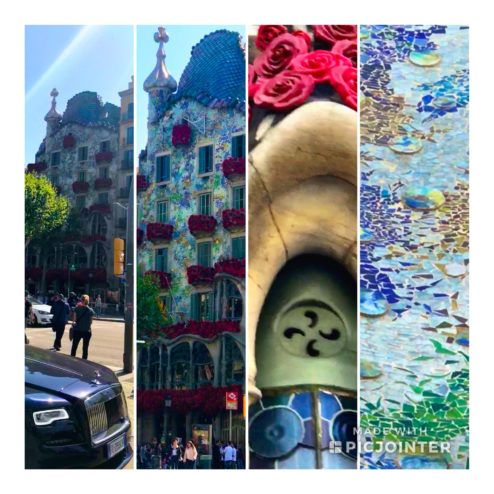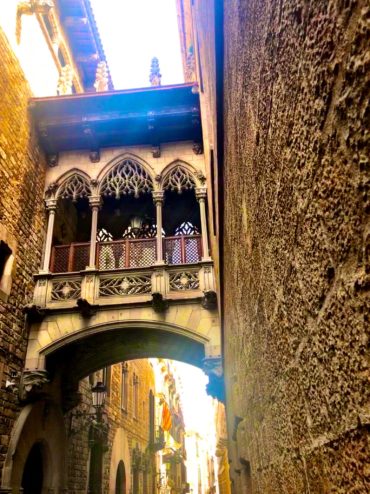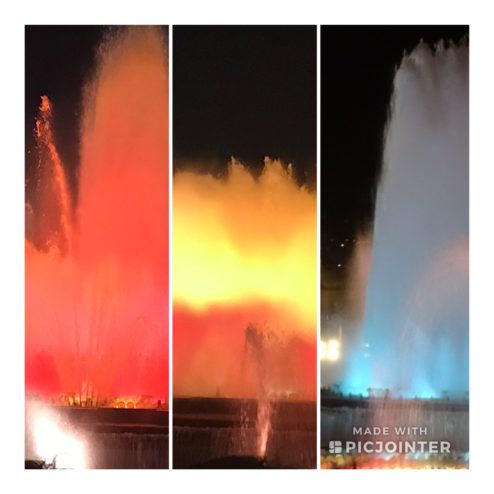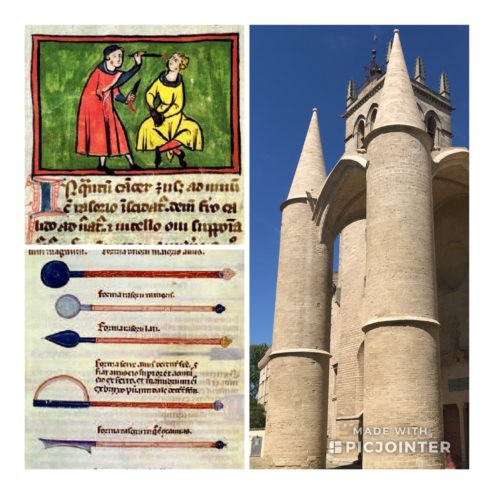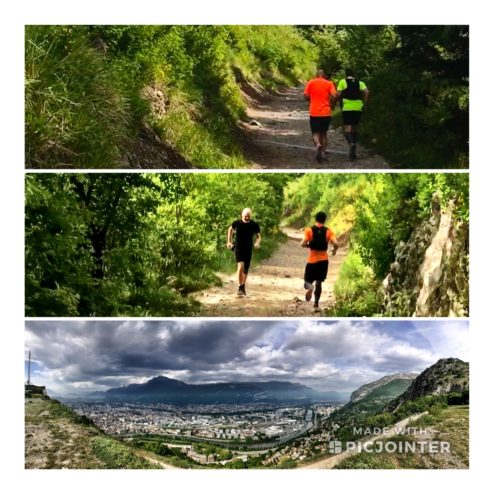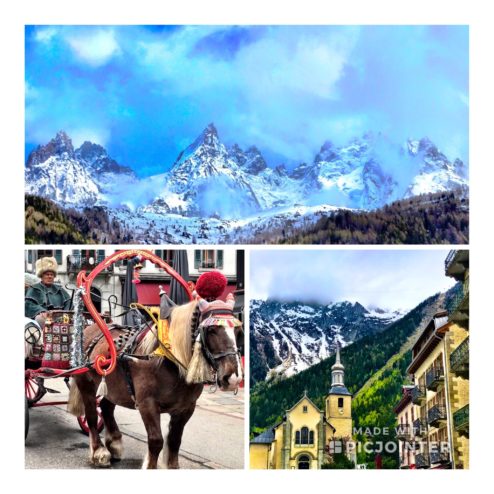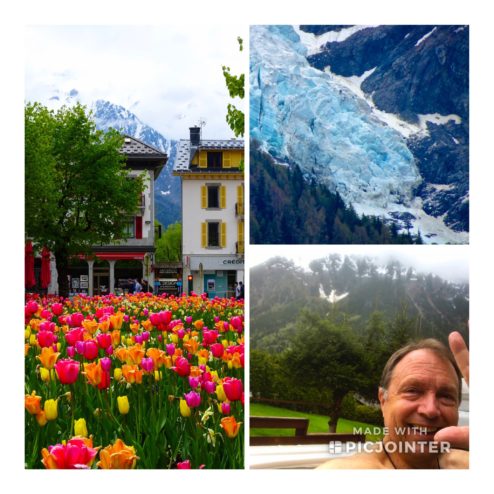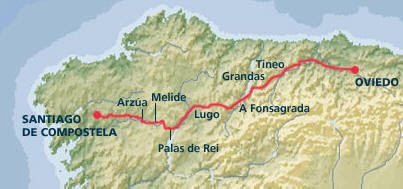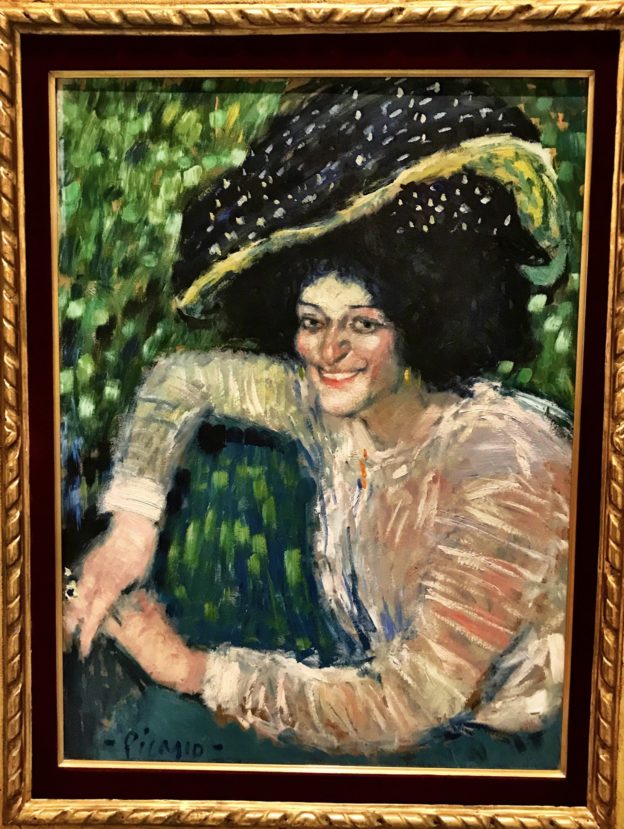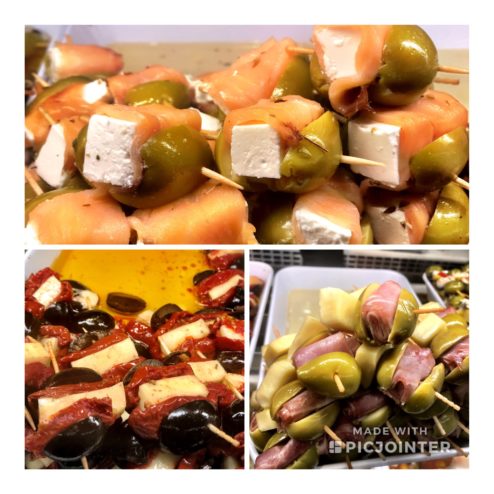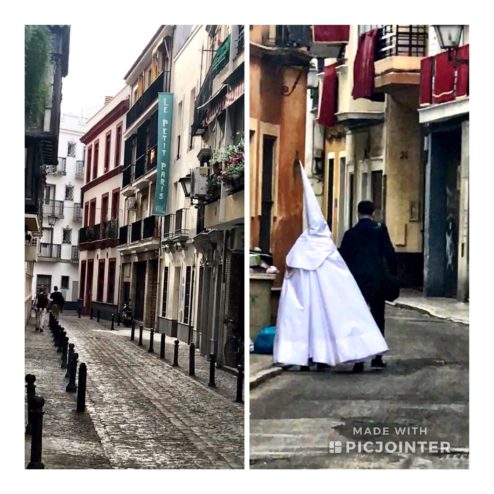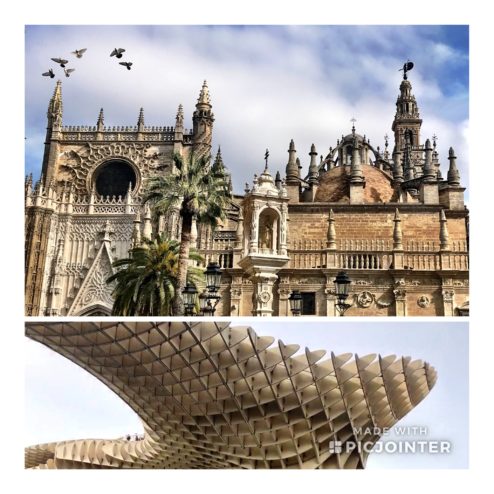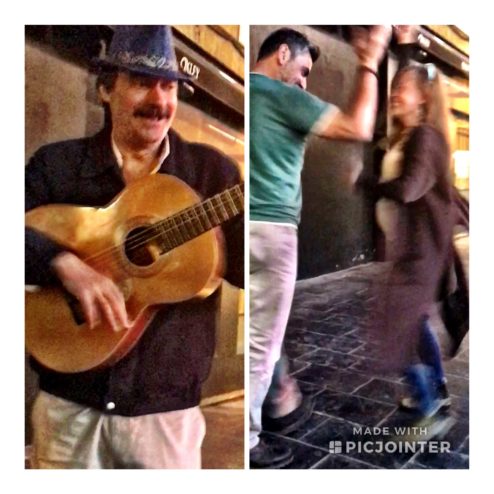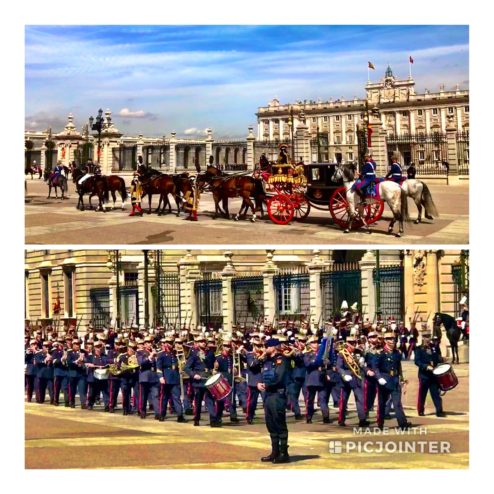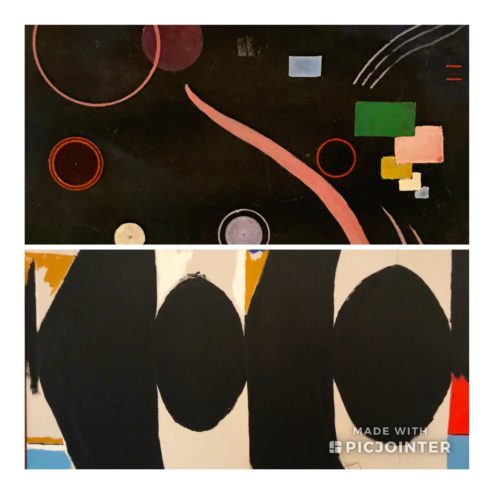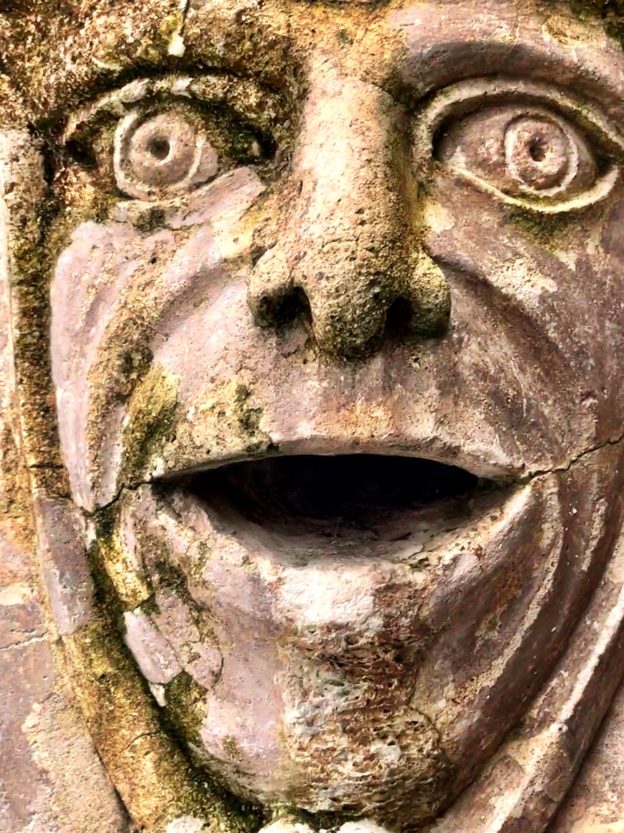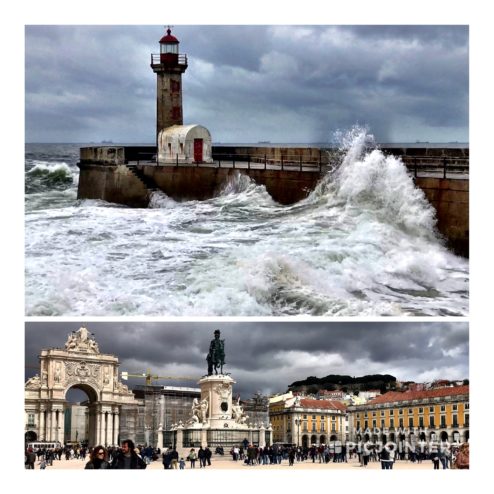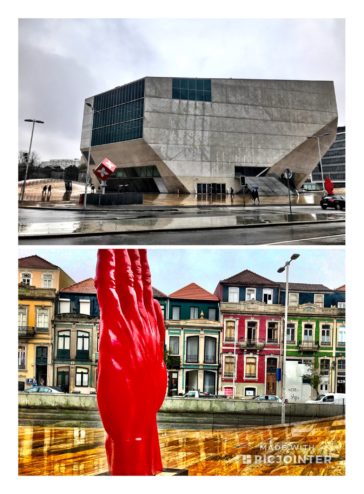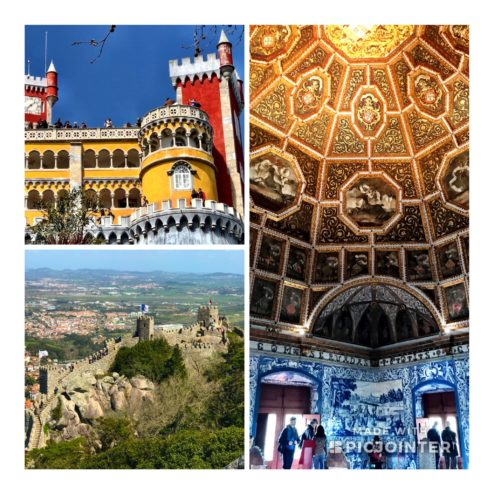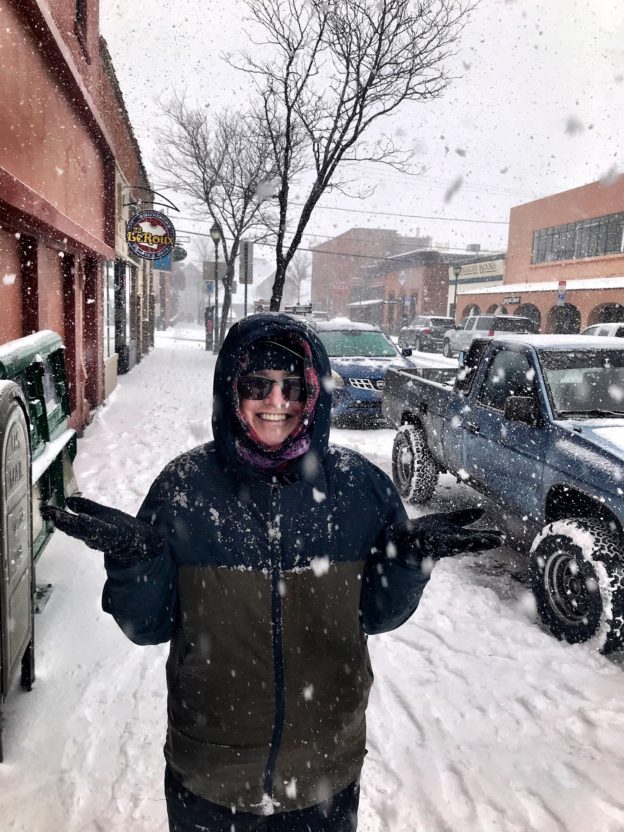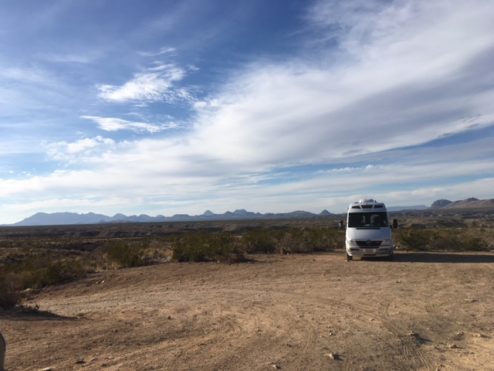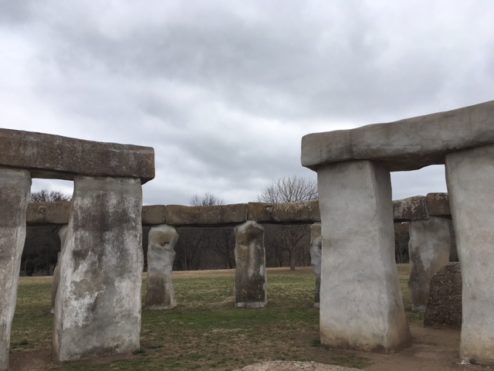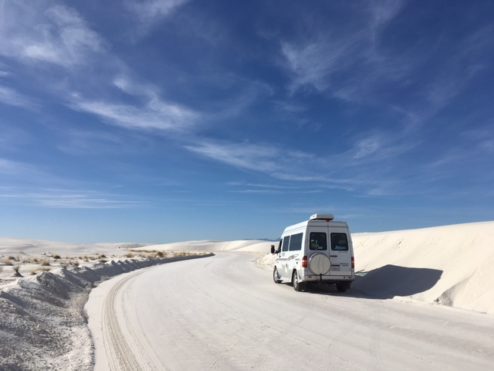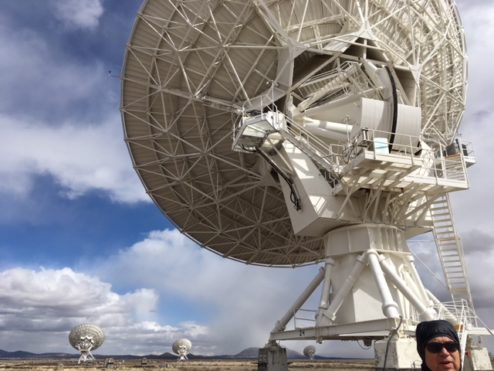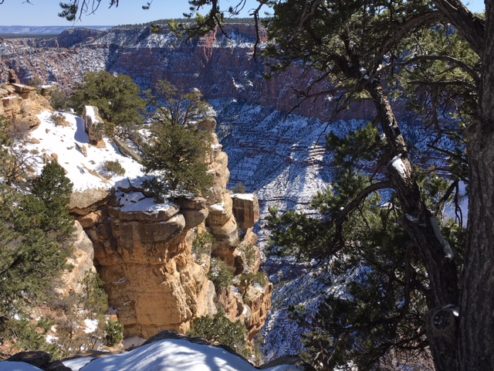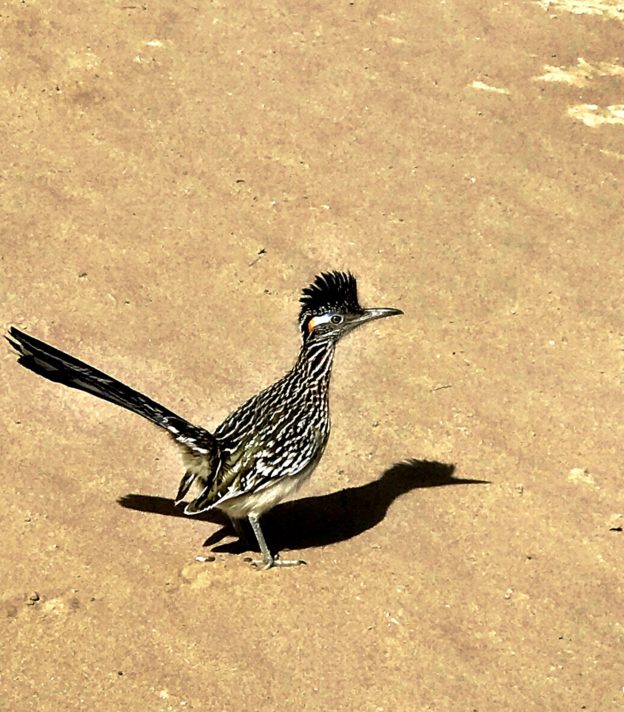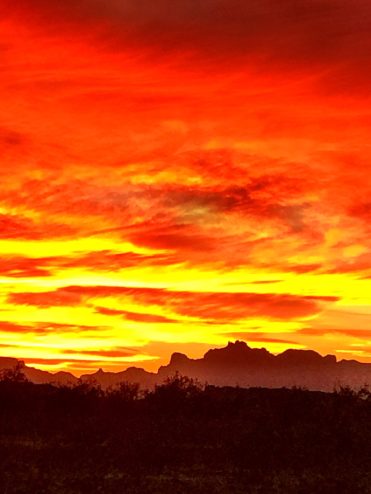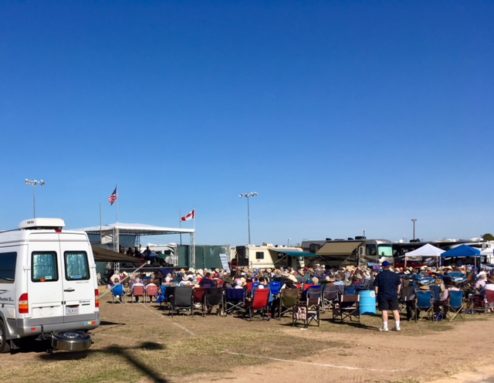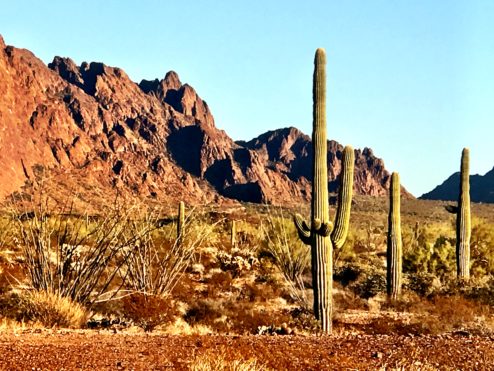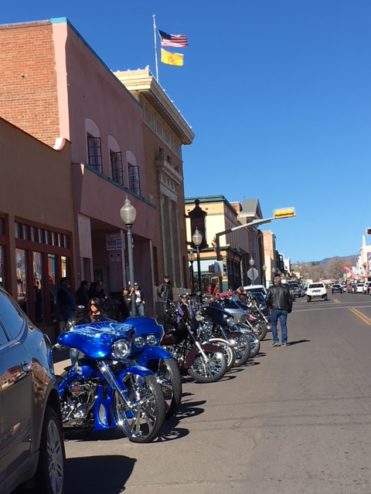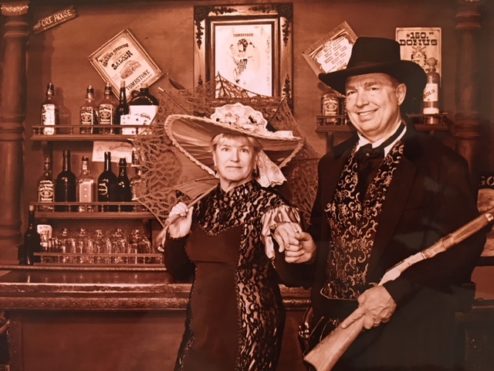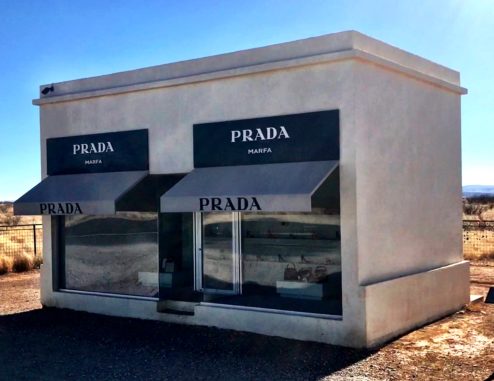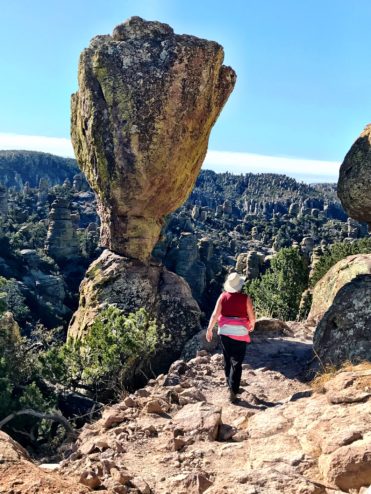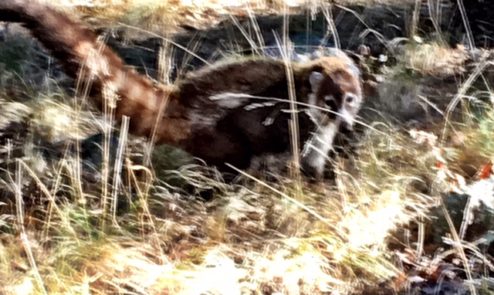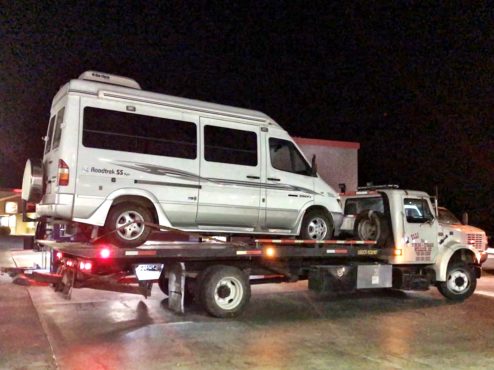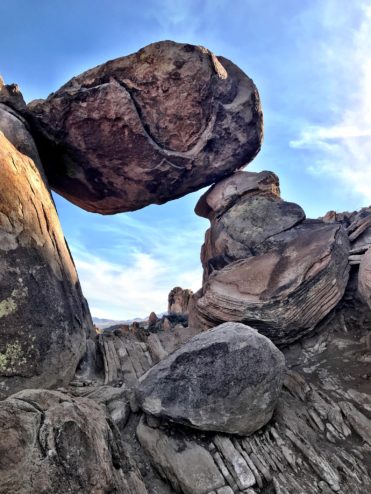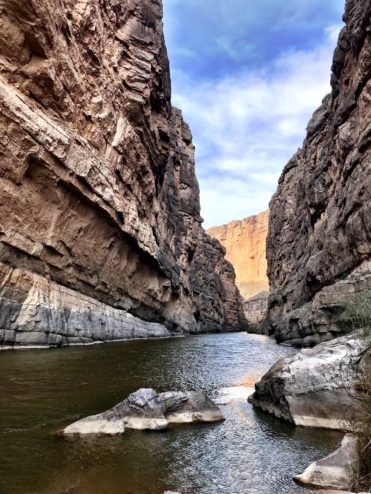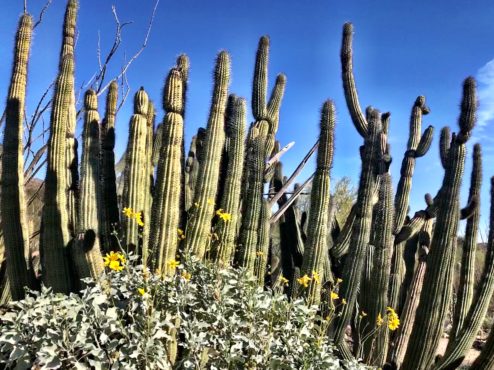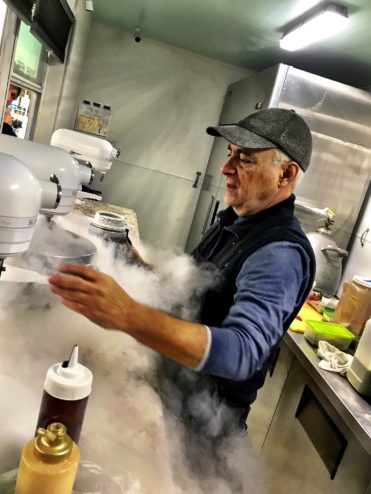Primitivo Camino is the oldest of all the pilgrim Caminos. It started in Oviedo, the capital city of Asturias in 813, when King Alfonso II was informed of the discovery of the tomb of Saint James. He made his way to the site at once, thus becoming the first person to complete a Camino (albeit not on foot) to Santiago de Compostela.
I started on the 9th of April when Old Man Winter was winding down and the weather predictions were of sunny and mild conditions. I hiked the Camino Primitivo, a tough but beautiful 320 kilometers (approx 200 miles) in 12 days. I’ll let my brief stage journal and pictures do the talking.
—————————————————
Stage 1: Oviedo-Cornellana
Mud, knee deep in places, and lots of rain…thus more mud. Stones became a slippery but welcome respite from sticky mud. Cold beer at the hostel was a just reward for 23 miles (11 hours) of very slow and cautious but steady walking.
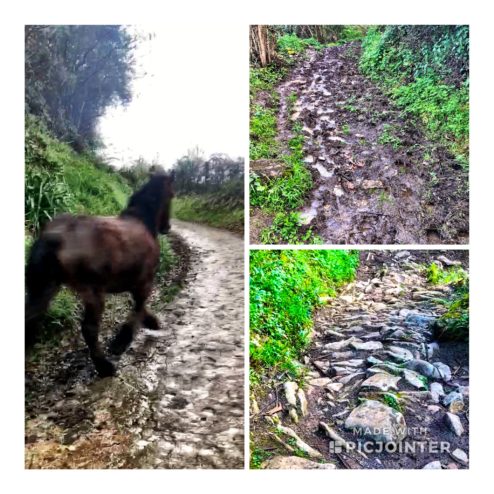
Stage 2: Cornellana-Tineo
This leg was slow-going (10hrs) due to boot-sucking mud – and I mean EVERYWHERE!! Swollen waterways were good for demucking boots. An hour of snow flurries was followed by early spring wildflowers.
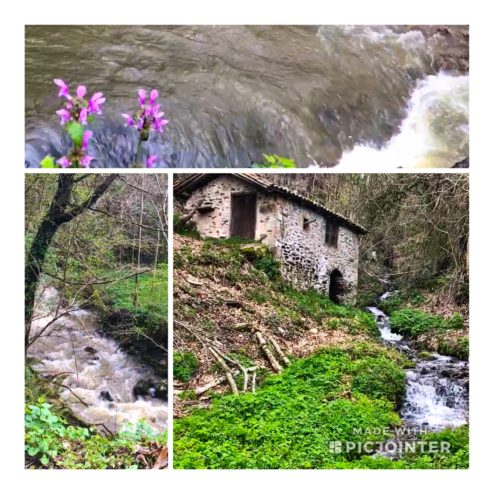
Stage 3: Tineo-Cambillo
My brief stop at the Casa Herminia Hostel at Campellio instead became an overnight. Herminia was a wonderful hostess with a boisterous and warm personality. Her multi course meals were hot and very sustaining, especially after 3 days of challenging yet magnificent contemplative walking.
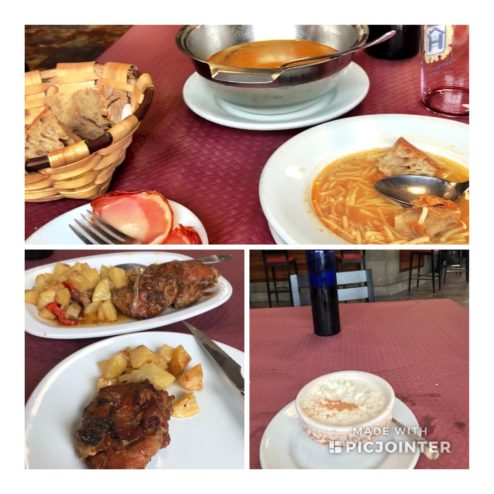
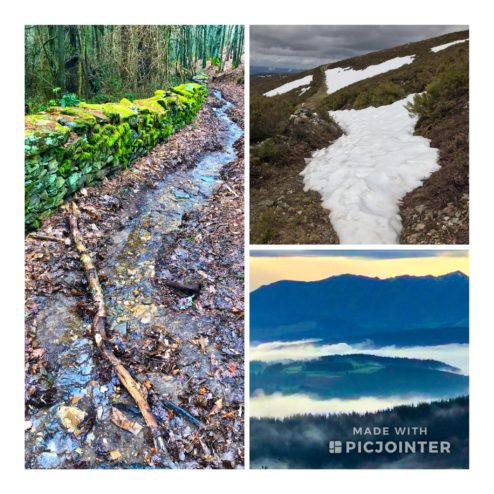
Stage 4: Campiello-Berducedo
Oh what a luck! Upon arriving at a fork in the road with good weather predicted (actually every day had good weather predicted, a big fat lie until today) I made a dash for the Mt. Hospitales Route. It was indeed grueling and yet perhaps the most rewarding of all for views and wild Asturias mares and foals.
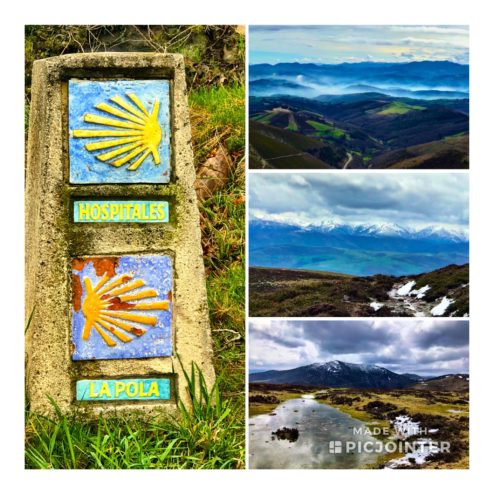
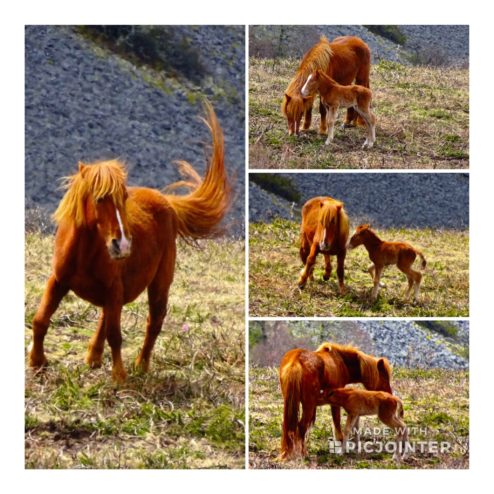
At Berducedo, I stayed at the Camino Primitivo Hostel. It offered a bar and a hot & tasty 3-course meal @ 10Euro (local wine included). Another great hostess, Vanessa made me feel welcome.
Stage 5: Berducedo-Granda de Salime
Today was chilly fog, misty fog, and wet fog. Take your pick, weather report still lies!
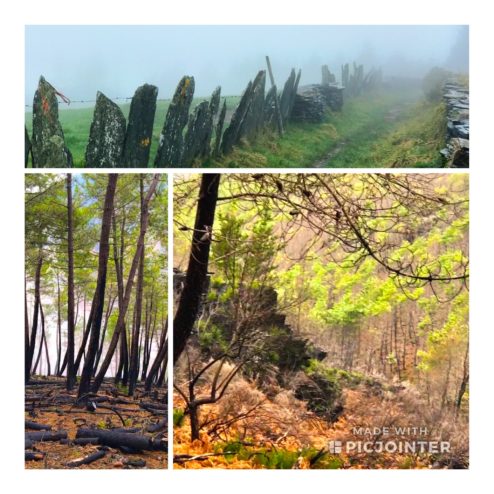
Stage 6: Granda de Salime-Padron
The sun finally peeked out as I crossed from Asturias to Galacia; the halfway mark!
More happy dogs & that tempting sign!
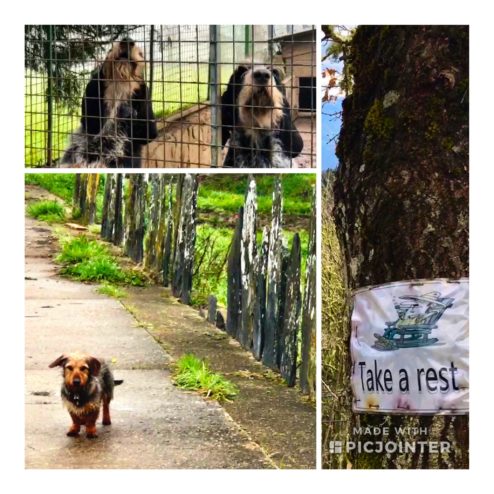
Yes, lots of muddy, running water, and swampy trails, however it was much dryer than the first two stages. It took some cautious maneuvering to get around it or tread on it…slow going.
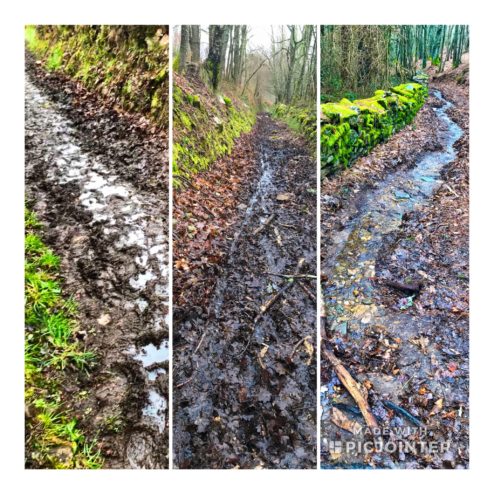
Stage 7: Padrón
Past the halfway mark I rewarded myself with a layover day, off the trail in an impressive boutique hotel (Complejo O Pineiral) serving Galician style Spanish meals enjoyed by many local families too. Maybe they come for the coldest 1906 beer in the lovely garden in the serene and quiet countryside.
Just a taste of the navigational indicators on the Camino:
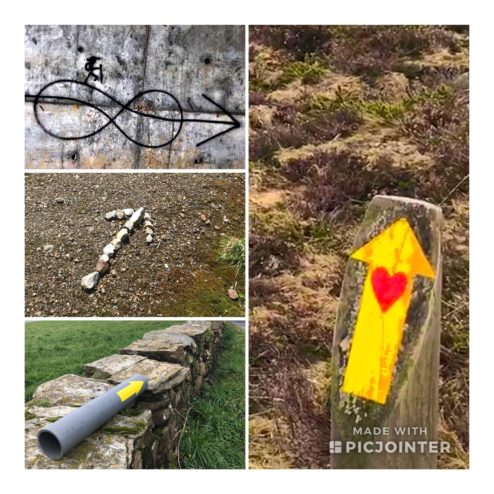
Stage 8: Padrón-O Cadavo
Wow – this was definitely the 2nd most challenging long & steep ascending & descending hike after Mt. Hospitales. As our friend Bronca (the oldest woman to summit Mt. Ranier) says, “Go slow…but Go!”
Two rewards here:
1) Casa Meson @ Paradavella had powerful kickin’ coffee and made me a toasted Godzilla ham & cheese sandwich to go. Two dogs kept checking on me. Thanks for making my day!
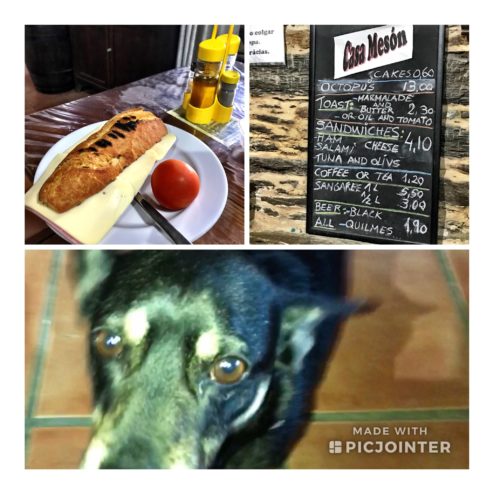
2) Porta Santa Hostel in O Cadavo was well worth a stay over. The hostess, Mery, was sweet and kind as I arrived ragged with fatigue. She even washed my clothes – for free. I noticed in my private room’s bathroom two toilets: one was like a bidet and let me fill it with hot water to soak my torn up feet- aaah sweet..!
Stage 9: O Cadavo-Lugo
With unhappy baby toes that seriously needed a break, and as a history buff, I took a 45min bus instead of 6+hr hike, giving myself time to explore Lugo. My goodness, it was worth it!
The Roman Walls of Lugo are a UNESCO World Heritage Site as the finest example of Roman fortification in Europe. A visit there is not completed without a 2KM “leisure” walk around its ramparts, or a jog with the locals… not likely given my blisters!
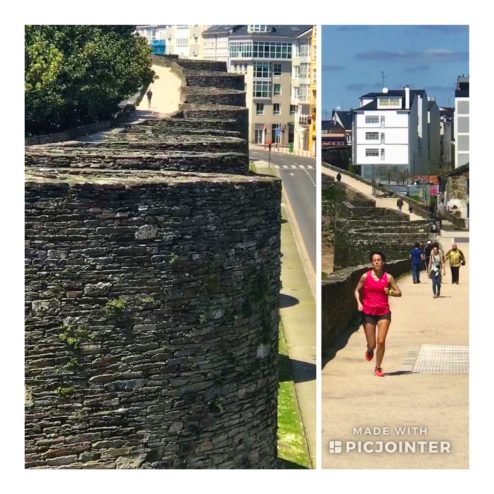
Stage 10, 11, & 12: Lugo-Santiago de Compostela
Primitivo Camino after Lugo is not the least bit “primitive” in quality as the first eight stages. Before Lugo, I encountered only eight hikers. After Lugo there were more than a hundred.
Many restaurants, bars, souvenir shops, and even a few spas had open doors and stands on the streets to serve the clean and well dressed Camino walkers, stopping for wine and tapas on short day walks. This was a way different group from the hikers I met in the first days, all eight of us experiencing long days of fog, rain, and wind, while fighting boot-sucking mud, cascading creeks obliterating the trails, and maneuvering around many fallen trees. I earned my badge of honor, and my grubby body, muddy everything, and blistered toes are proof!
As an avid hiker, this challenging 320km Primitivo Camino journey changed everything and yet, I am reeling with gratefulness to pull this off – it was moving…even if I didn’t do it crawling on all fours as some pilgrims have in the past!
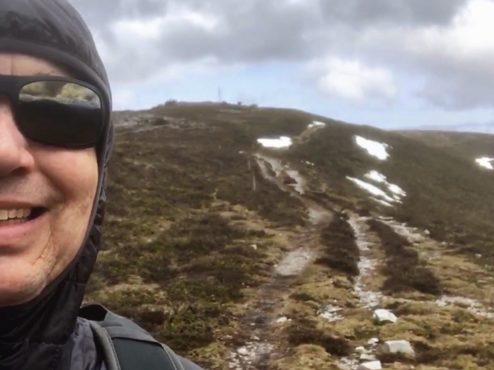
Buen Camino!

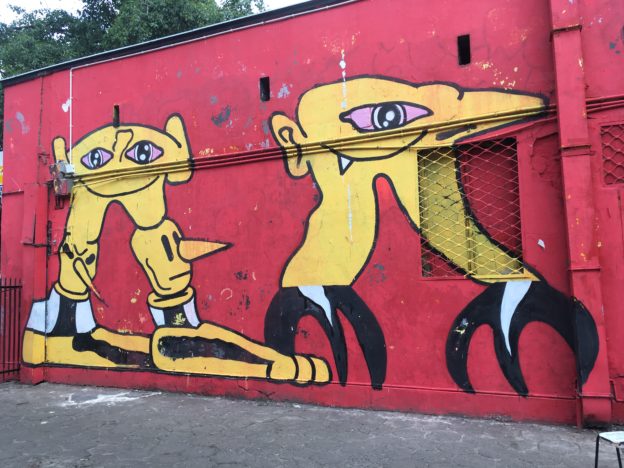
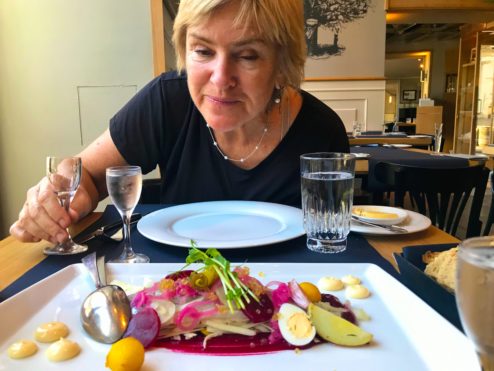
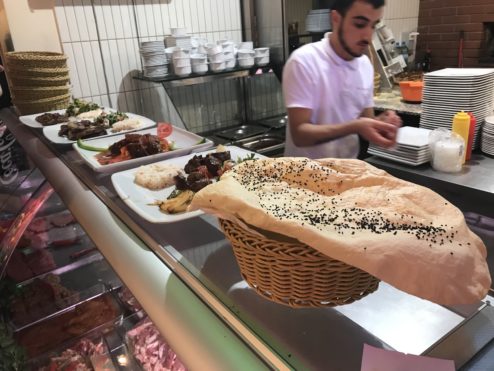
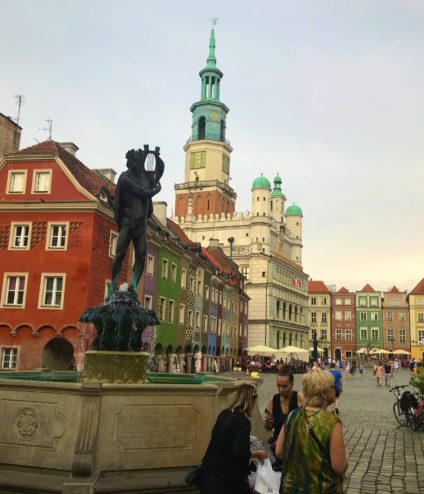
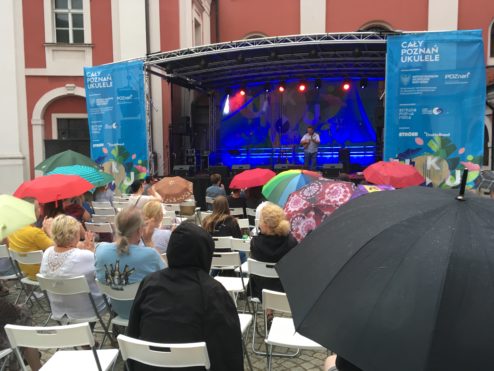
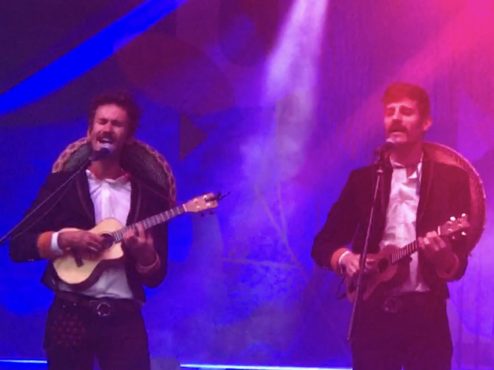
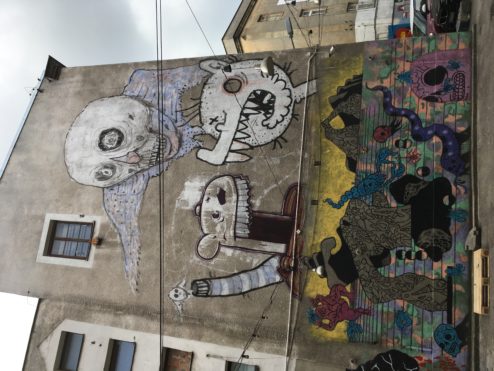
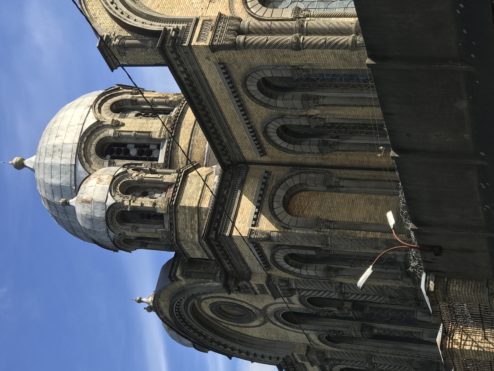
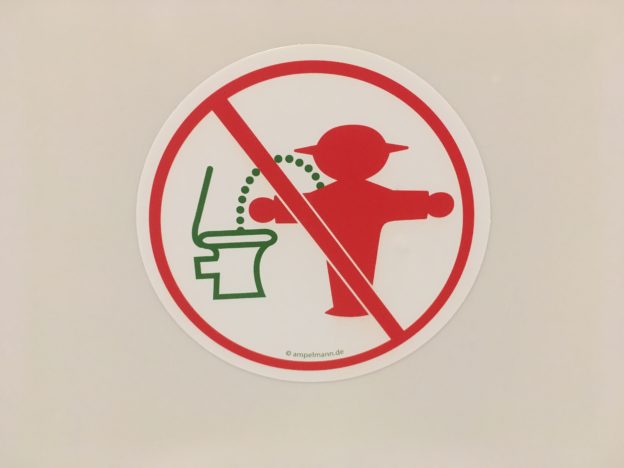
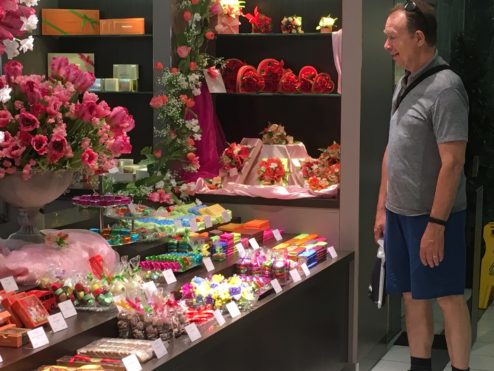
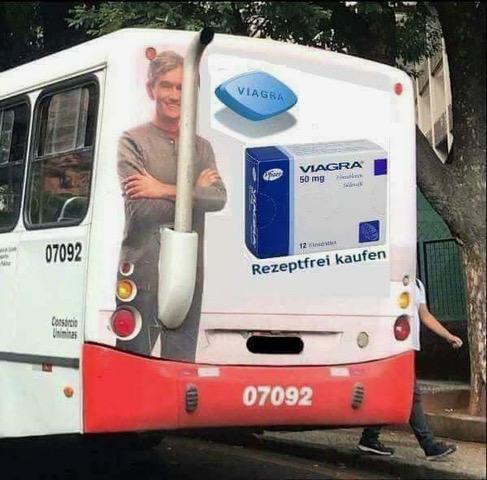

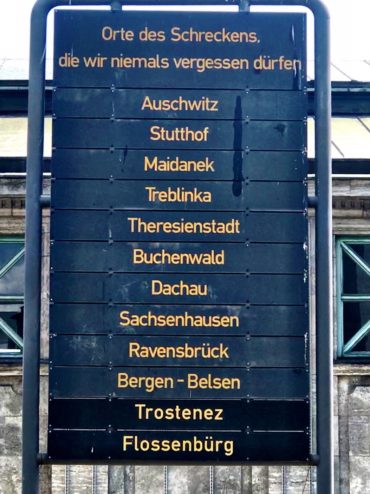
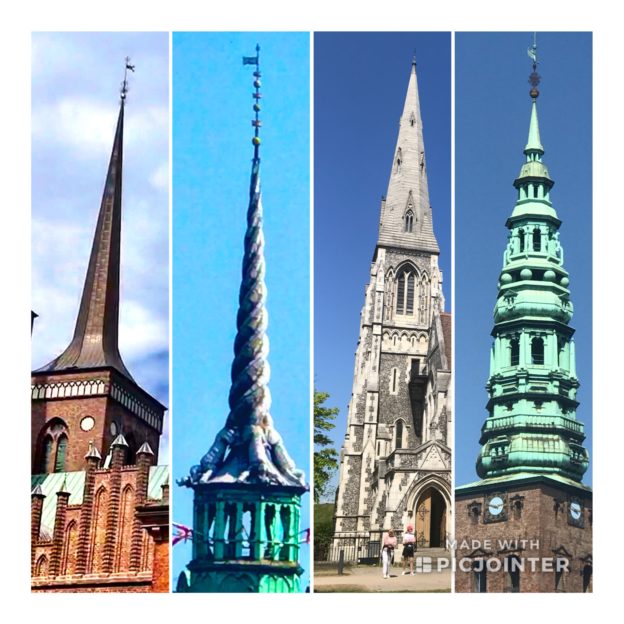
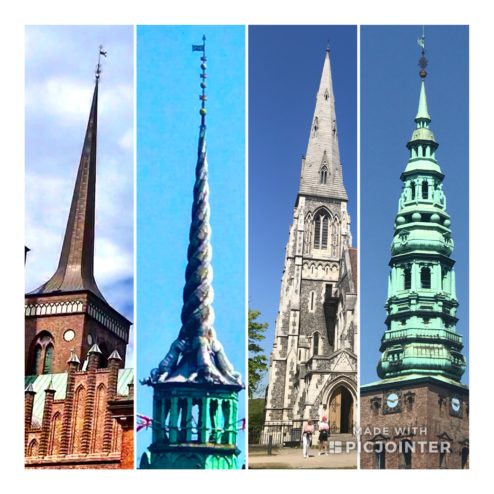
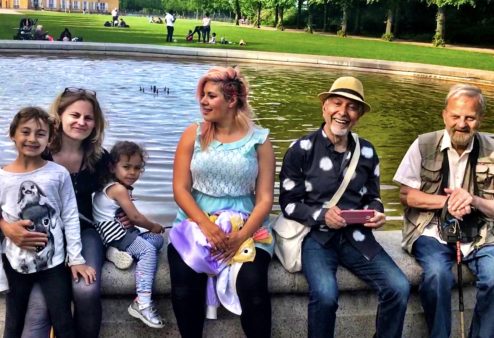

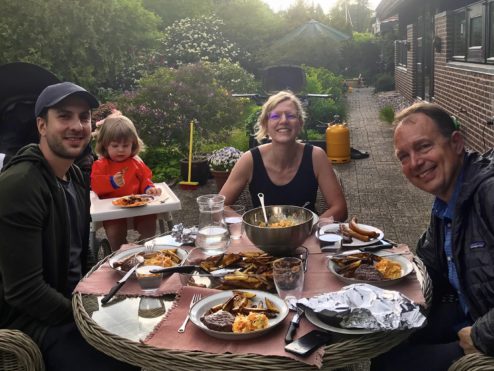
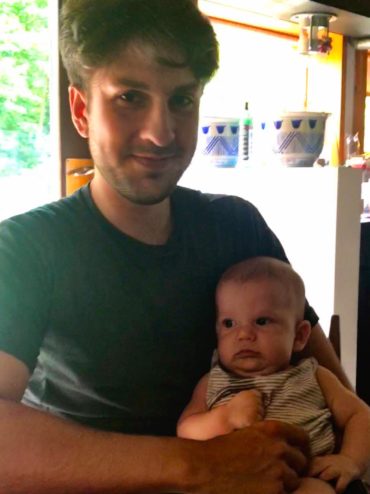
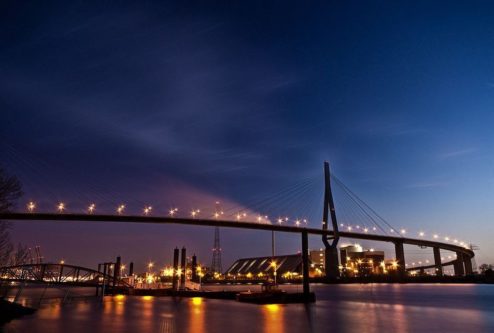
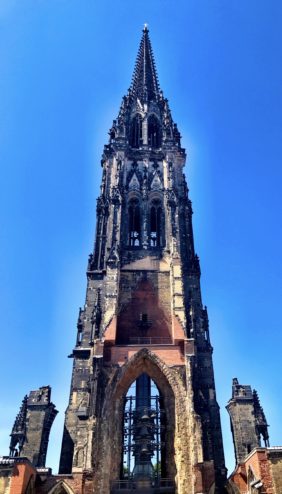
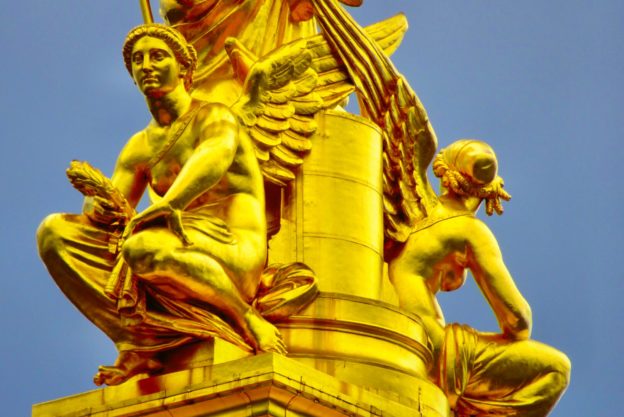
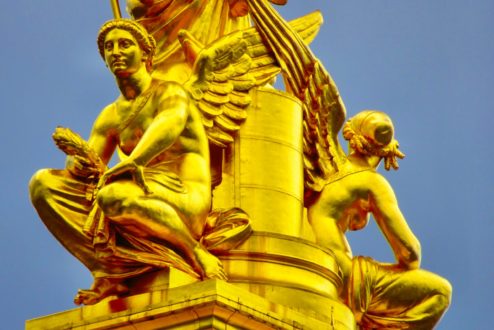
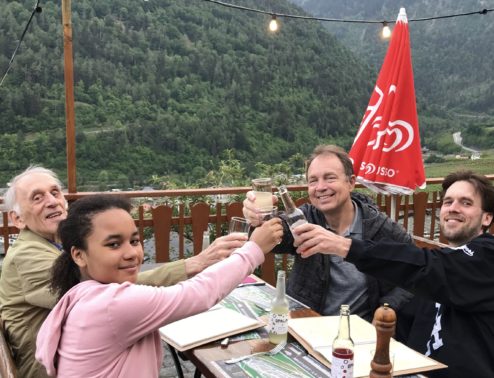
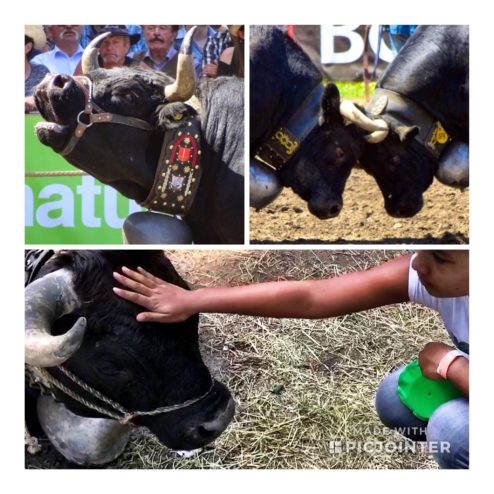
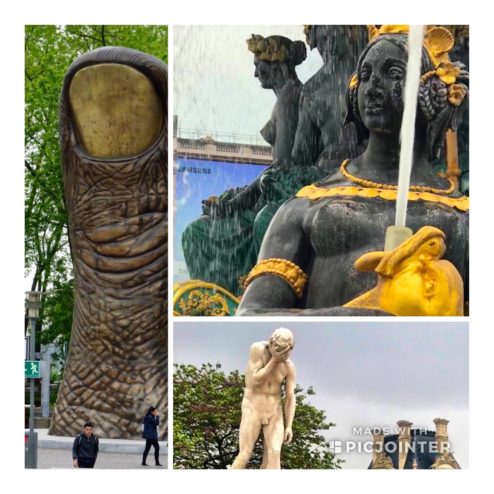
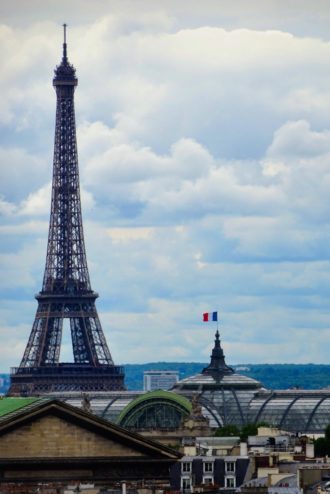

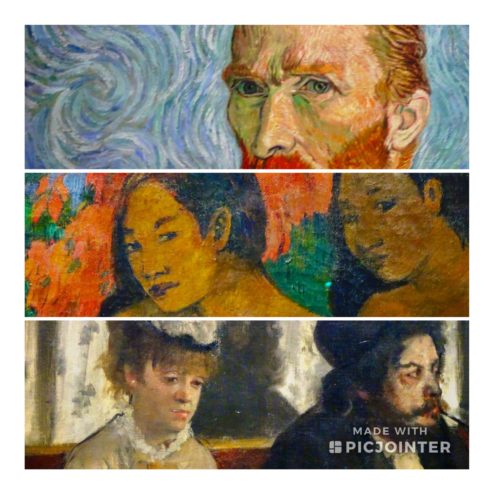
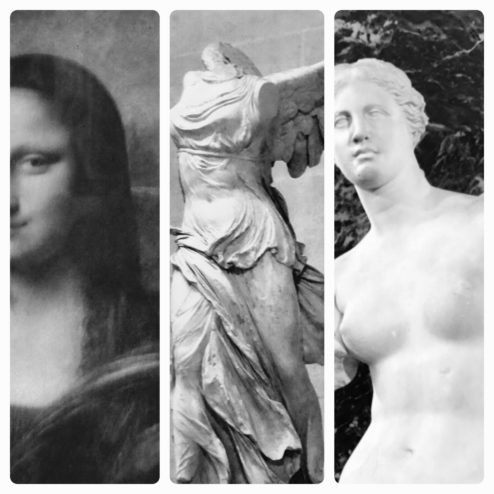
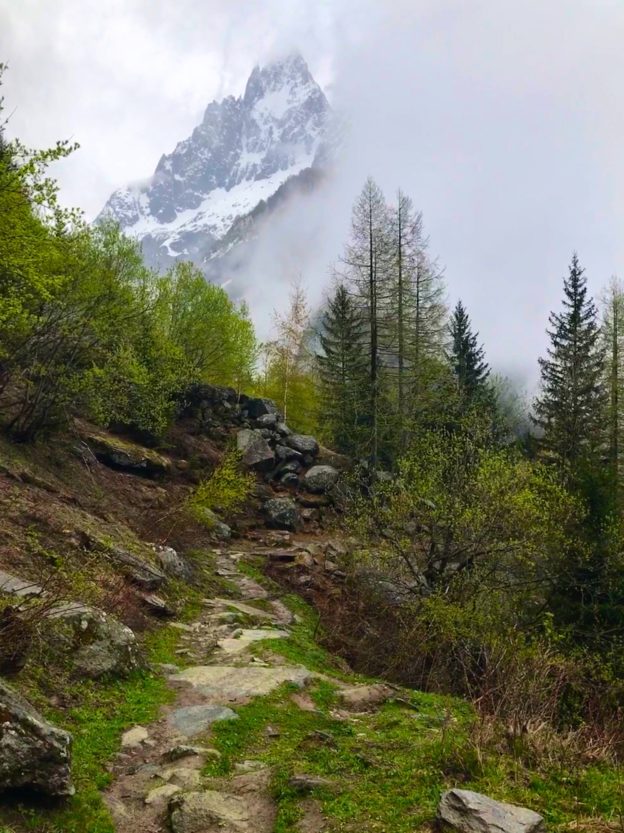
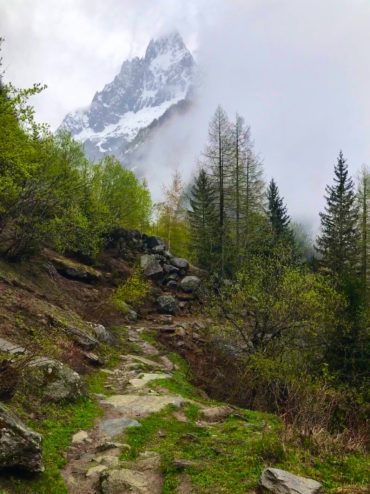
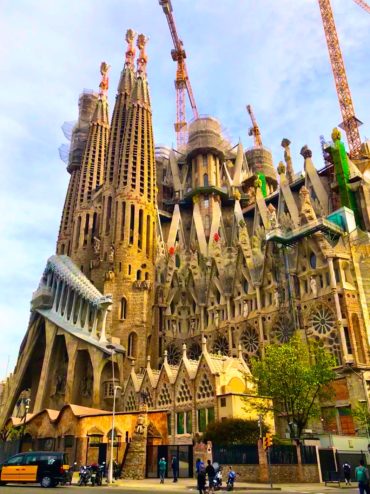 GAUDI’S CASA BATLLO
GAUDI’S CASA BATLLO